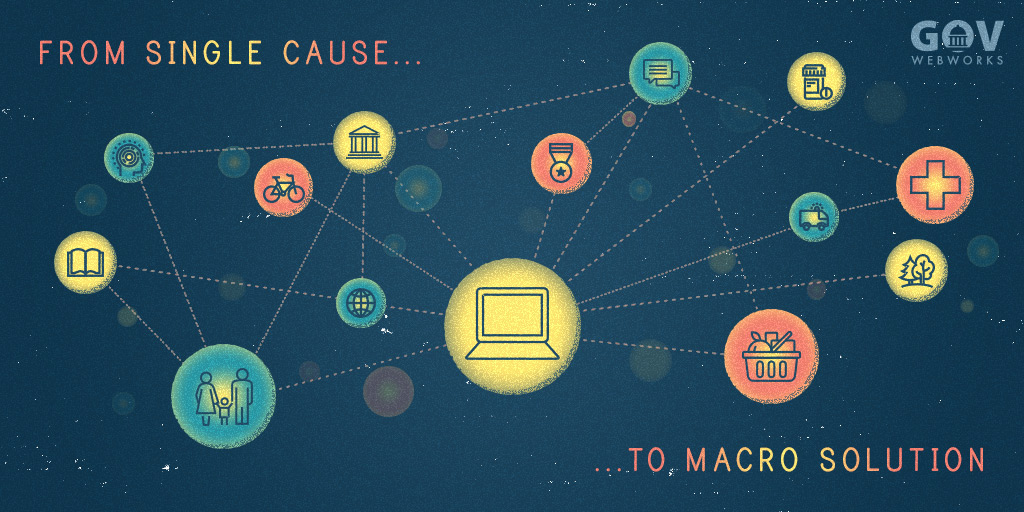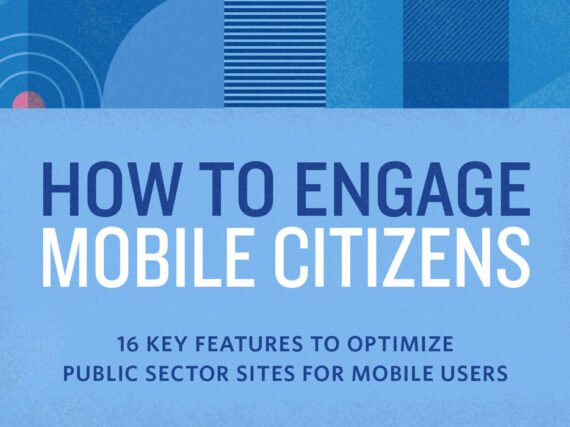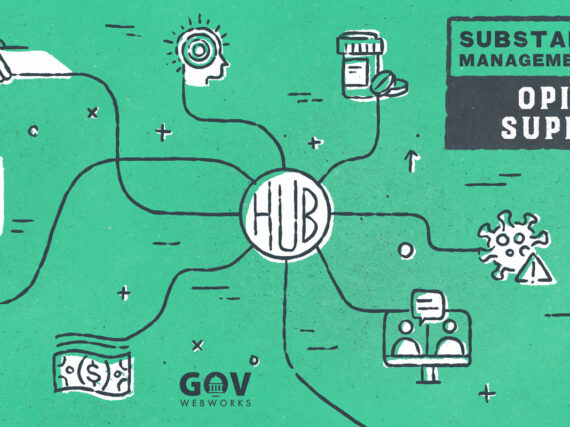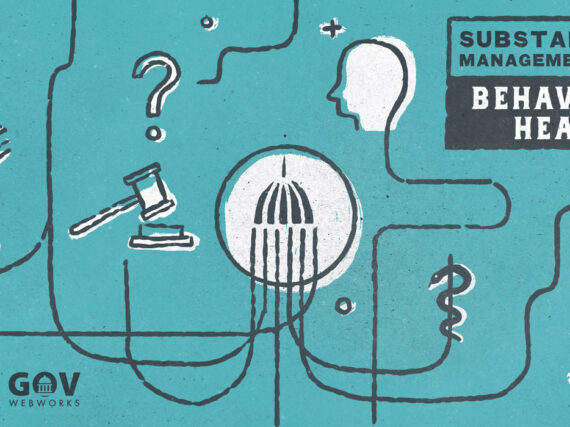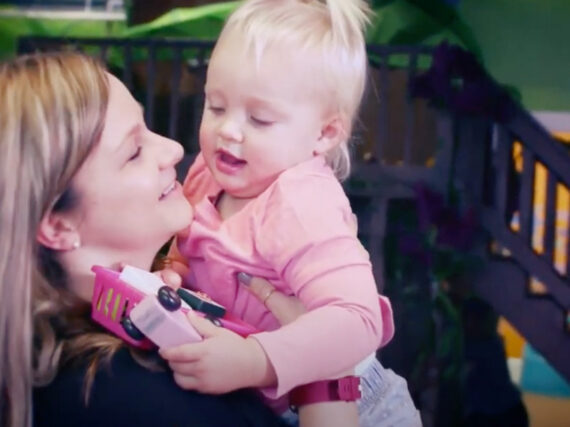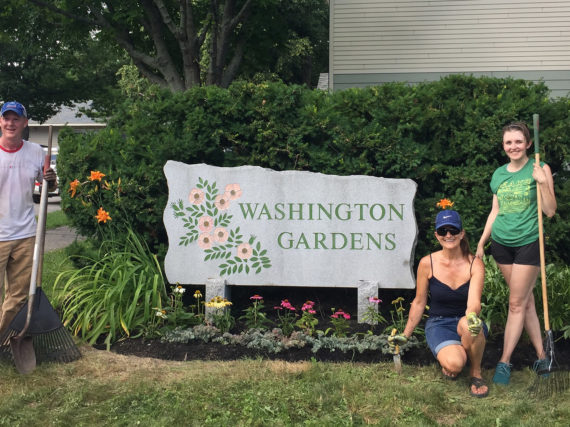In our work with health and human services, we’ve been looking at the role of social determinants on health outcomes. The Office of Disease Prevention and Health Promotion’s Healthy People 2020 and other organizations are championing a preventative approach to health care by working to positively impact social determinants of health (SDH).
We believe agencies can work together have more impact. However, when reviewing the public RFPs that are issued every month, we see many outreach projects in support of a single cause or issue. Why, we wonder, don’t agencies pool together to provide a macro resource for at risk populations?
Single-cause outreach
As discussed in the past two articles, studies show that social issues, such as housing instability and food insecurity in particular, can have more influence on health than genetics or medical care.
“Single-cause outreach” is our term for organizations working in narrow silos to address these individual mandates. These can include everything from food and housing assistance to AIDs awareness and veteran support.
RFPs come from agencies around the country seeking to provide information about their services to the general public. For example, last month saw the following:
- Arizona: “Provide community education and information services to individuals living with head/brain injury, their families, caregivers, service providers, community representatives, and others in the general community providing support (referred to as “target population”). This service is to function as the vital link bringing people and services together.”
- Hawaii: “Outreach services and application assistance to individuals and families who are potentially eligible for SNAP.”
- Alabama: “Marketing services to promote the Summer Food Service Program (SFSP) statewide and in target counties. Outreach is essential to ensure all children are aware of locations to receive a free and nutritious meal.”
These individual campaigns often create competition for dollars and attention between well meaning organizations, yet few at-risk families or individuals have single-cause problems. Many of the issues are part of the larger overall directive of improving social determinants. A statewide tool is a better option.
A leadership crisis
The problem stems from the silo structure of government. The very organization and budget process encourages single-cause outreach. This won’t change overnight, even though organizations like Centers for Medicare & Medicaid Services (CMS) are trying to incentivize government to shift behavior.
The Accountable Health Communities Model was developed by CMS to “support local communities in addressing the health-related social needs of Medicare and Medicaid beneficiaries by bridging the gap between clinical and community service providers. Over a five year period, the model will provide support to community bridge organizations. [These are] aimed at linking beneficiaries with community services that may address their health-related social needs (i.e., housing instability, food insecurity, utility needs, interpersonal violence, and transportation needs).”
However, rigid criteria must be met to join the program. As well, applying for federal funding presents its own challenges. As a result, some states are architecting their own solutions to the SDH issue.
The Idaho Department of Health and Welfare has taken the initiative to collaborate with multiple agencies and statewide organizations to create a new tool. Live Better Idaho (LBI) now provides citizens with easy access to state and local services all in one place.
Umbrella option
In Targeting Social Determinants of Health, we detailed the efforts the LBI program has made to connect people to services in the effort to improve SDH on a statewide level. Through self assessment, Idaho citizens can find help based on their specific financial and social circumstances. They can also save information for future reference, and get alerts as new services become available.
When working alone, many individual programs struggle to be noticed. The LBI tool brings all of these services to a wider audience and can thus help more people. As well, those in need don’t have to worry about searching for the right resources. The tool finds the best matches all in one place. And at the state level, the tool can best be tailored to the needs and culture of the specific region.
Macro solution
Statewide umbrella programs such as Live Better Idaho are connecting micro services on a macro level to improve social determinants of health and overall well being. As a result of our exploration into SDH, we believe states that bring together single-cause outreach programs into a singular resource will have the most impact on social determinants.
With relatively low investment, all states can take control with programs like Live Better Idaho and the CiviServ platform. CiviServ is a lightweight Platform-as-a-Service solution designed specifically for handling a broad range of social services. It continues to evolve to address the social determinants of health model. New pipeline features include expanded social risk assessment tools for better matching with services and enhanced analytics to track efficacy.
How is your state or organization addressing social determinants? Are you all pulling in the same direction or do you still pursue single-cause outreach?
Learn more
- Targeting Social Determinants of Health: Why Idaho’s online service discovery tool can improve health
- Wholistic Solutions for Improving Social Determinants of Health: When agencies and organizations work together, better solutions can provide better outcomes
- Social Determinants, Illustrated: Infographics explain factors influencing health, and how to address them
- Let us know if you’d like to hear about how we can help align your efforts
